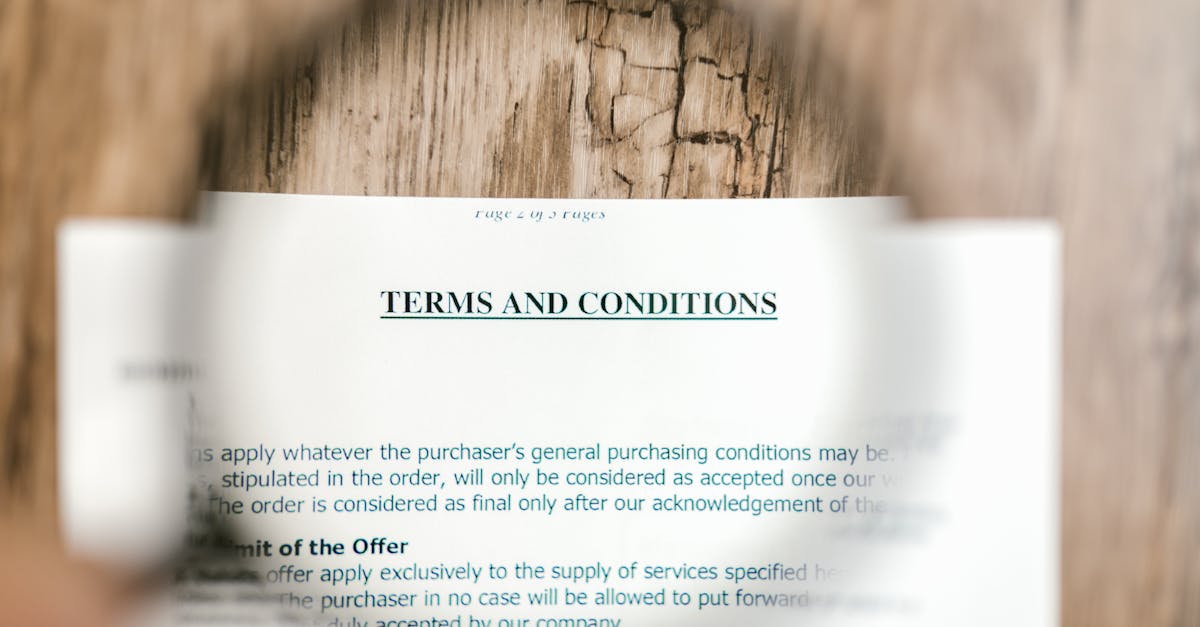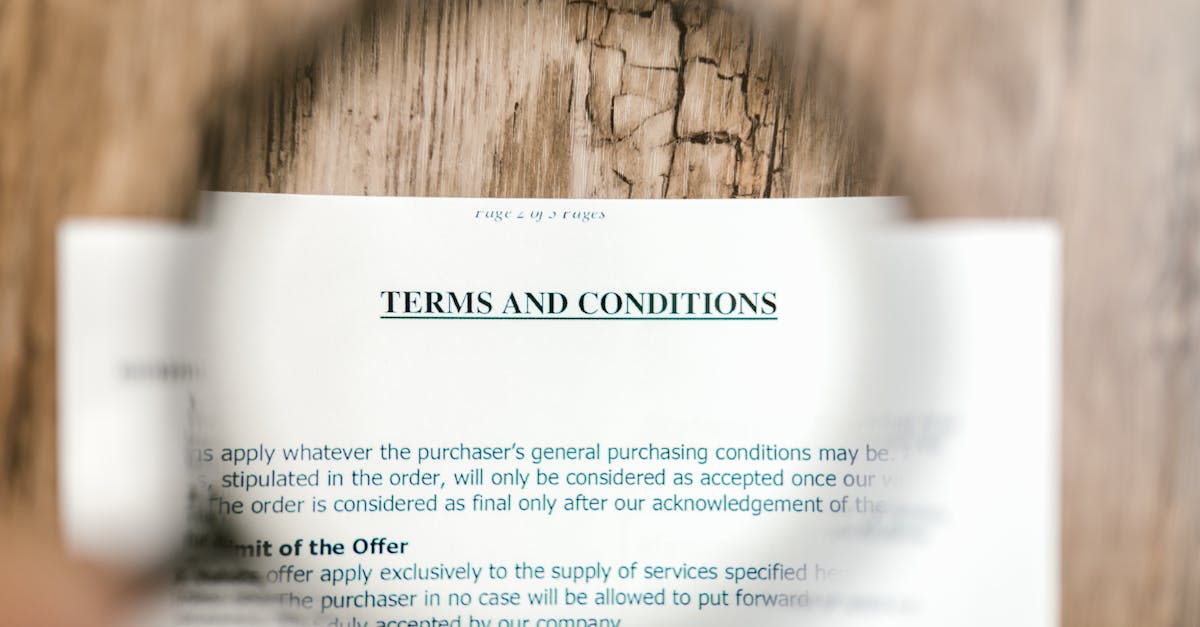
Introduction
Deals stall when sales and legal aren’t speaking the same data language: manual rekeying, version drift, slow approvals, and missed clauses stretch cycles and leak revenue. Document automation — specifically contract automation — closes that gap by stitching CRM records to preapproved templates so proposals populate accurately, approvals trigger automatically, and signed contracts and invoices flow back into your systems without the back‑and‑forth.
What you’ll get: a practical playbook for mapping CRM fields to contract variables, building end‑to‑end workflows to generate proposals, route approvals, e‑sign and invoice, choosing the right triggers in Salesforce/HubSpot/Pipedrive, and the KPIs to prove faster closes—so sales gains velocity and legal retains control.
Why integrating contract automation with CRM matters for sales and legal teams
Single source of truth. Connecting contract automation directly to your CRM keeps opportunity data, pricing, and negotiations synchronized, which reduces rekeying errors and version drift between sales and legal.
Faster, more compliant closes. Contract lifecycle management powered by contract automation shortens approval cycles and enforces legal guardrails (clauses, playbooks, and approvers) so deals close faster without added risk.
Better handoffs and analytics. When sales activities and contracts live in the same ecosystem you get reliable signals for revenue ops—time‑to‑sign, renewal dates, and churn risk—all essential for revenue velocity and pipeline hygiene.
Why legal and sales both win
- Sales: fewer manual steps, faster proposals, and higher win rates driven by contract drafting automation and preapproved templates.
- Legal: visibility into what’s being sent, automated contract review triggers for high‑risk deals, and standard clause enforcement.
For teams evaluating contract automation software, look for tools that support contract lifecycle management, legal contract automation, and deep CRM integrations to realize these benefits. If you want to see examples of ready templates for sales and SaaS offers, check these Formtify sets: Sales Agreement and SaaS Agreement.
Key data mappings: From opportunity fields to contract variables
Mapping CRM fields to contract variables is the core of reliable contract automation. Start by cataloguing the fields your sales team uses and categorize them into contract variables.
Common field groups to map
- Customer identity: Account name, legal entity, billing address, tax IDs.
- Commercials: List price, discounts, currency, payment terms, subscription term length, renewal type.
- Deal metadata: Opportunity ID, sales rep, deal stage, close date, renewal date.
- Line items: SKU, description, quantity, unit price — ensure the contract drafting automation supports iterating rows.
- Legal variables: Standard terms to include or omit, jurisdiction, data processing addendum flags (for SaaS deals).
Mapping tips:
- Use consistent naming between CRM fields and contract variables to simplify templates.
- Store derived values (e.g., effective date = close date + 0 days) as computed CRM fields or in the contract automation layer.
- Flag high‑risk clauses using a boolean field to trigger automated contract review or legal approval routing.
Proper mappings enable automated workflows that populate templates for fast, accurate contract generation with minimal manual edits. You can map these variables into a Purchase Agreement or the SaaS Agreement templates on Formtify.
Automated workflows: Generate proposals, route for approvals, e‑sign, and invoice
An end‑to‑end automated workflow reduces friction from quote to cash. Design each step so it can be triggered from the CRM or by a change of state.
Suggested workflow steps
- Template selection: Auto‑select template (SaaS, sales, or purchase) based on product line, deal size, or region.
- Populate and validate: Pull mapped CRM variables into the contract. Run automated checks for missing fields and flag for review.
- Automated contract review: Trigger legal review when risk flags are set—use automated contract review and AI contract analysis to surface nonstandard clauses.
- Approval routing: Route to approvers based on thresholds (e.g., discount > 15% -> manager approval).
- E‑sign and storage: Send the final document for e‑signature, then store the signed copy back in the CRM or contract repository.
- Billing / invoice: On signature, auto-create invoice and billing records; link or push the invoice to systems that manage revenue recognition.
Short cycle automation like this uses contract automation tools to reduce manual handoffs. For invoices, you can integrate the flow with a template like this Invoice so billing is immediate after signature.
Best integrations and triggers (Salesforce, HubSpot, Pipedrive) with Formtify
Most CRMs provide webhooks or native connectors to trigger contract automation. Choose triggers that match business events to avoid unnecessary processing.
Common triggers
- Opportunity stage change: e.g., move to Proposal or Negotiation -> generate contract draft.
- Field update: discount or product selection changes -> re‑generate pricing appendix or adjust approvals.
- Closed‑Won: auto‑send for signature and create invoice.
- Renewal reminder: create renewal quote X days before term end.
CRM specifics with Formtify
- Salesforce: Use process builder/flows or platform events to call Formtify when Opportunity.StageName changes. Map pricebooks and products so line items populate templates correctly.
- HubSpot: Use Workflows to trigger contract generation on deal stage updates; include HubSpot properties for payment terms and recurring billing to select the right Formtify template.
- Pipedrive: Use webhooks on deal updates and pipe the data to Formtify to auto‑create a proposal or purchase agreement for signature.
Formtify plays well as the contract automation layer between CRM and downstream systems — it can act as your contract automation software and integrate with e‑signature and invoicing. See example templates: Sales Agreement, SaaS Agreement, and Purchase Agreement.
KPIs to track: time‑to‑sign, win rate, revenue velocity
Measure outcomes to prove the value of contract automation. Track a mix of operational and revenue KPIs to surface bottlenecks.
Operational KPIs
- Time‑to‑sign: from proposal generation to final signature; target reductions show improved cycle time.
- Approval time: average time approvers take to sign off when legal or finance is required.
- Error rate: percentage of contracts returned for revision due to data mismatches or missing clauses.
Revenue KPIs
- Win rate: compare deals with automated contracts vs manual to quantify impact on closed‑won.
- Revenue velocity: speed from opportunity creation to recognized revenue—shorter cycles increase cash flow.
- Average deal size: track whether standardized contracts and faster approvals enable larger or more complex sales.
Use contract lifecycle management dashboards in your contract management software to visualize these metrics. Connect KPIs back to CRM events so you can attribute improvements to specific automation triggers, and monitor trends like legal tech automation trends and AI contract analysis adoption for continual improvement.
Recommended Formtify templates and workflow examples for sales teams
Below are practical workflow examples that use Formtify templates to accelerate sales operations. Each example includes the template links you can install and adapt.
1) New customer (SMB SaaS)
- Trigger: Deal stage moves to “Proposal” in CRM.
- Template: SaaS Agreement.
- Flow: Auto‑populate customer and pricing variables → run lightweight automated contract review → send for e‑sign → generate invoice with Invoice.
2) Standard sales deal
- Trigger: Sales rep requests quote generation.
- Template: Sales Agreement.
- Flow: Populate from opportunity line items → apply approved discounts via rules engine → if discount exceeds threshold then require manager approval → send for signature.
3) Purchase or vendor contract
- Trigger: Procurement creates deal or P.O. record.
- Template: Purchase Agreement.
- Flow: Pull billing and tax variables → route to legal for nonstandard terms using automated contract review → finalize and store.
These workflows are examples of contract automation best practices; they demonstrate how contract drafting automation, automated contract review, and integration with CRM reduce friction. If your team is evaluating contract automation tools or contract automation companies, start with small, measurable workflows (a single template + one trigger) and expand. Roles such as contract automation jobs are increasingly focused on mapping these processes, managing templates, and measuring contract lifecycle management benefits.
Summary
Conclusion
Integrating your CRM and sales tools with document automation turns a fragmented quote-to-cash process into a predictable, auditable workflow: map CRM fields to contract variables, automate template selection and approvals, e‑sign, and push invoices without manual rekeying. That single source of truth reduces errors, shortens approval cycles, and gives HR and legal the visibility and controls they need to enforce policy while keeping sales moving. For teams that need to accelerate deals without taking on risk, contract automation is the practical bridge between revenue velocity and compliance. Ready to start? Explore templates and integrations at https://formtify.app.
FAQs
What is contract automation?
Contract automation uses templates, data mappings, and rules to generate contracts automatically from existing records—no repeated manual drafting. It enforces approved language and populates commercial terms so documents are consistent and faster to produce.
How does contract automation work?
It pulls data from systems like your CRM into preapproved templates, runs validation and approval rules, and then routes the document for e‑signature and storage. Workflows can trigger on stage changes or field updates so the right contract is created at the right time.
What are the benefits of contract automation?
Benefits include shorter time‑to‑sign, fewer data entry errors, standardized legal language, and clearer audit trails for compliance. Teams also gain better analytics—like approval bottlenecks and renewal dates—to improve revenue operations.
Can contract automation integrate with CRM or ERP systems?
Yes—most solutions offer native connectors, webhooks, or APIs to sync opportunity and product data from CRMs and push invoices or billing details to ERPs. Proper integrations ensure line items, pricing, and customer data stay synchronized across systems.
Is contract automation secure and compliant?
Modern contract automation platforms include access controls, audit logs, and secure storage to meet common compliance requirements; many also support legal playbooks and approval routing to enforce policy. Always review encryption, retention, and e‑signature compliance for your industry when evaluating vendors.





